The fiddle leaf plant (Ficus lyrata), often called the “it” plant of indoor greenery, demands attention—not too much, not too little. One of the biggest mistakes new owners make? Overwatering. Search “how often to water fiddle leaf plant, and you’ll find thousands of desperate pleas: “My fiddle leaf plant has brown spots,” “Leaves are dropping!” The culprit is almost always root rot from soggy soil. This guide reveals exactly how often to water fiddle leaf plant to keep it thriving, using a foolproof 3-step system that prevents root rot and promotes lush growth.
Why Overwatering Kills Your Fiddle Leaf Plant Faster Than Underwatering
Fiddle leaf plants are native to the rainforests of West Africa, where they grow in well-draining, aerated soil with periodic heavy rains followed by dry spells. Indoors, they hate sitting in water. Excess moisture suffocates roots, invites fungal pathogens, and triggers root rot—a death sentence if untreated.
Fact: A 2023 survey by the American Society for Horticultural Science found 78% of fiddle leaf plant deaths were linked to overwatering, not underwatering.
Underwatering? Rare. Your fiddle leaf plant will droop dramatically to signal thirst—easy to fix. Overwatering? Silent and deadly. Brown leaf edges, yellowing, and sudden leaf drop are late-stage symptoms. By then, roots may already be mush.
Step 1: Master the “Finger Test” – Know When Your Fiddle Leaf Plant Is Truly Thirsty
Forget rigid schedules like “water every 7 days.” Soil type, pot size, light, humidity, and season change everything. Instead, use the finger test—the gold standard for knowing how often to water fiddle leaf plant.
How to Do the Finger Test
- Insert your index finger 2 inches into the soil near the edge of the pot (avoid the root ball center).
-
Feel the moisture:
- Dry or barely damp → Water now.
- Moist like a wrung-out sponge → Wait 2–3 days and test again.
- Wet or muddy → Do NOT water. Check for drainage issues.
Pro Tip: Use a chopstick or wooden skewer like a cake tester. Pull it out—if soil sticks, it’s still wet.
How Often Will You Water?
| Season | Typical Frequency | Finger Test Result |
|---|---|---|
| Spring/Summer | Every 7–10 days | Top 2" dry |
| Fall/Winter | Every 14–21 days | Top 2–3" dry |
Adjust based on your home’s humidity and light. Homes with <40% humidity or south-facing windows dry out faster.
Step 2: Use the Right Soil & Pot – Prevent Waterlogged Roots
Even perfect watering fails if your setup traps moisture. Fiddle leaf plants need fast-draining soil and breathable pots.
Best Soil Mix for Fiddle Leaf Plant (DIY Recipe)
Avoid generic potting soil—it’s too dense. Make this airy, chunky mix:
- 50% indoor potting mix (peat-based)
- 30% perlite or pumice (for drainage)
- 20% pine bark fines or orchid bark (for aeration)
Pot Requirements
- Must have drainage holes (non-negotiable)
- Terracotta or fabric pots wick moisture—best for overwaterers
- Plastic/ceramic? Only if you ace the finger test
Step 3: Water Correctly – The “Soak and Dry” Method
When it’s time to water, do it thoroughly but infrequently. Half-watering keeps the top wet and bottom dry—perfect for root rot.
The Soak-and-Dry Technique
- Take the plant to a sink or tub.
- Water slowly until it runs out the drainage holes (10–20 seconds per gallon of pot size).
- Let it drain fully (15–30 minutes). Never let it sit in the saucer.
- Return to its spot. Wait until the finger test says “dry” again.
Warning: Bottom watering (filling the saucer) encourages shallow roots and salt buildup. Avoid it.
Seasonal Watering Schedule for Fiddle Leaf Plant (2025 Cheat Sheet)
| Month | Light | Humidity | Water Frequency | Notes |
|---|---|---|---|---|
| Jan–Mar | Low | Dry (heaters) | Every 2–3 weeks | Mist leaves or use humidifier |
| Apr–Jun | Rising | Moderate | Every 7–10 days | Growth spurt—monitor closely |
| Jul–Sep | High | High (if humid) | Every 7–10 days | Check weekly; heat dries soil fast |
| Oct–Dec | Low | Dry | Every 2–3 weeks | Reduce fertilizer |
Signs You’re Overwatering (Act Fast!)
Catch these early red flags before root rot sets in:
- Yellow lower leaves (not just one or two)
- Soft, mushy stem base
- Funky soil smell (like swamp)
- Gnats or mold on soil surface
Emergency Fix for Overwatering
- Stop watering immediately.
- Remove from pot—snip black, slimy roots with sterilized scissors.
- Repot in fresh, dry soil mix.
- Wait 2 weeks before watering again.
Tools to Make Watering Foolproof
| Tool | Why It Helps | Best Pick |
|---|---|---|
| Moisture Meter | Removes guesswork | XLUX Soil Moisture Meter |
| Self-Watering Pot | Only for experts | Not recommended for beginners |
| Humidifier | Prevents dry tips | Levoit 6L Humidifier |
Common Myths About Watering Fiddle Leaf Plants
| Myth | Truth |
|---|---|
| “Water on a schedule” | Use the finger test—schedules fail |
| “Misting replaces watering” | Misting helps humidity, not hydration |
| “More water = faster growth” | Overwatering stunts growth and kills |
Conclusion: Healthy Roots = Happy Fiddle Leaf Plant
Knowing how often to water fiddle leaf plant isn’t about counting days—it’s about reading your plant’s needs. Follow the 3-step system:
- Finger test for perfect timing
- Right soil & pot for drainage
- Soak-and-dry method for deep hydration
Master this, and your fiddle leaf plant will reward you with glossy, upright leaves and new growth—no brown spots, no leaf drop, no root rot.




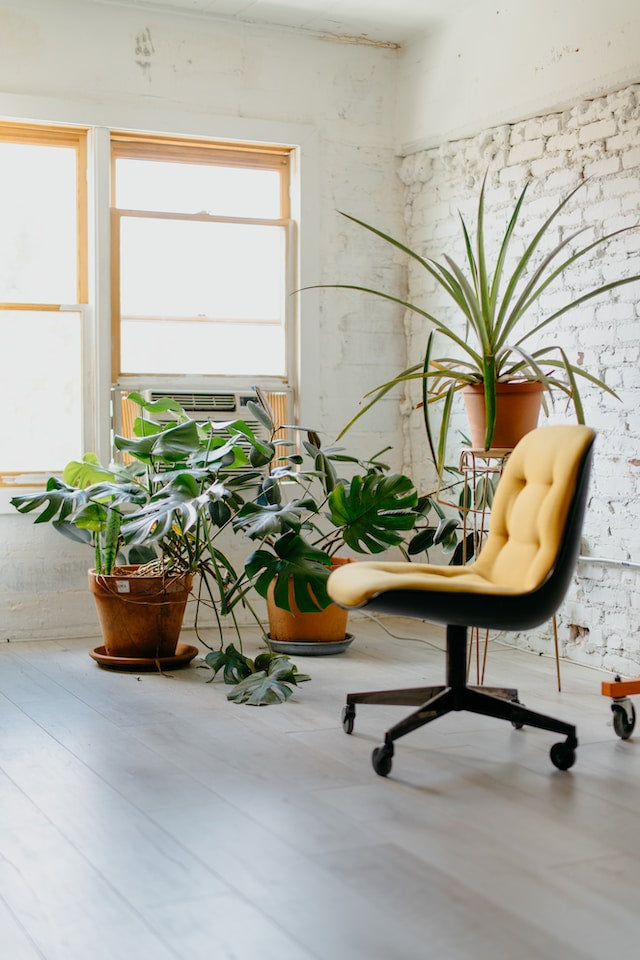
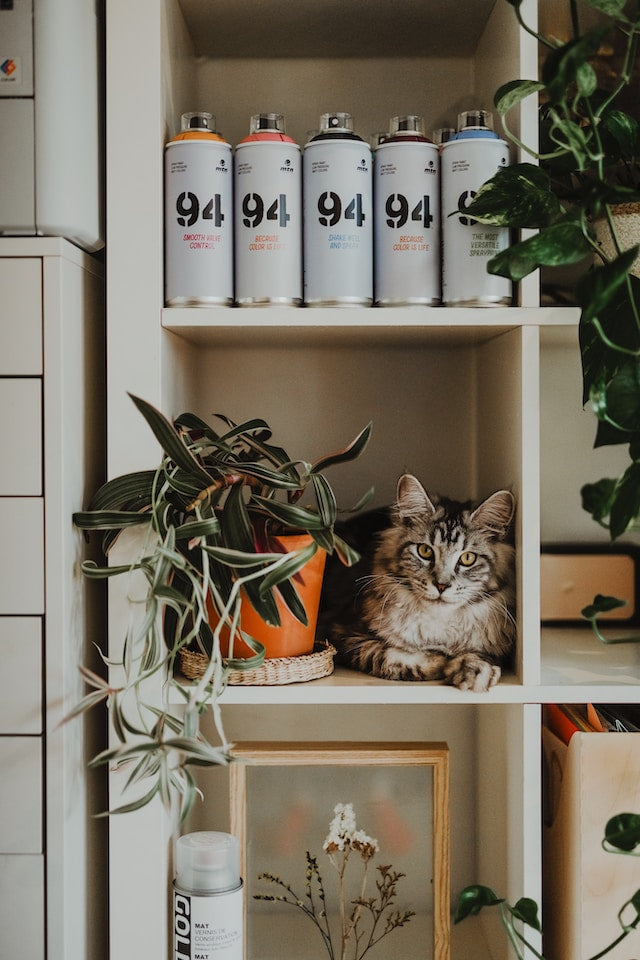
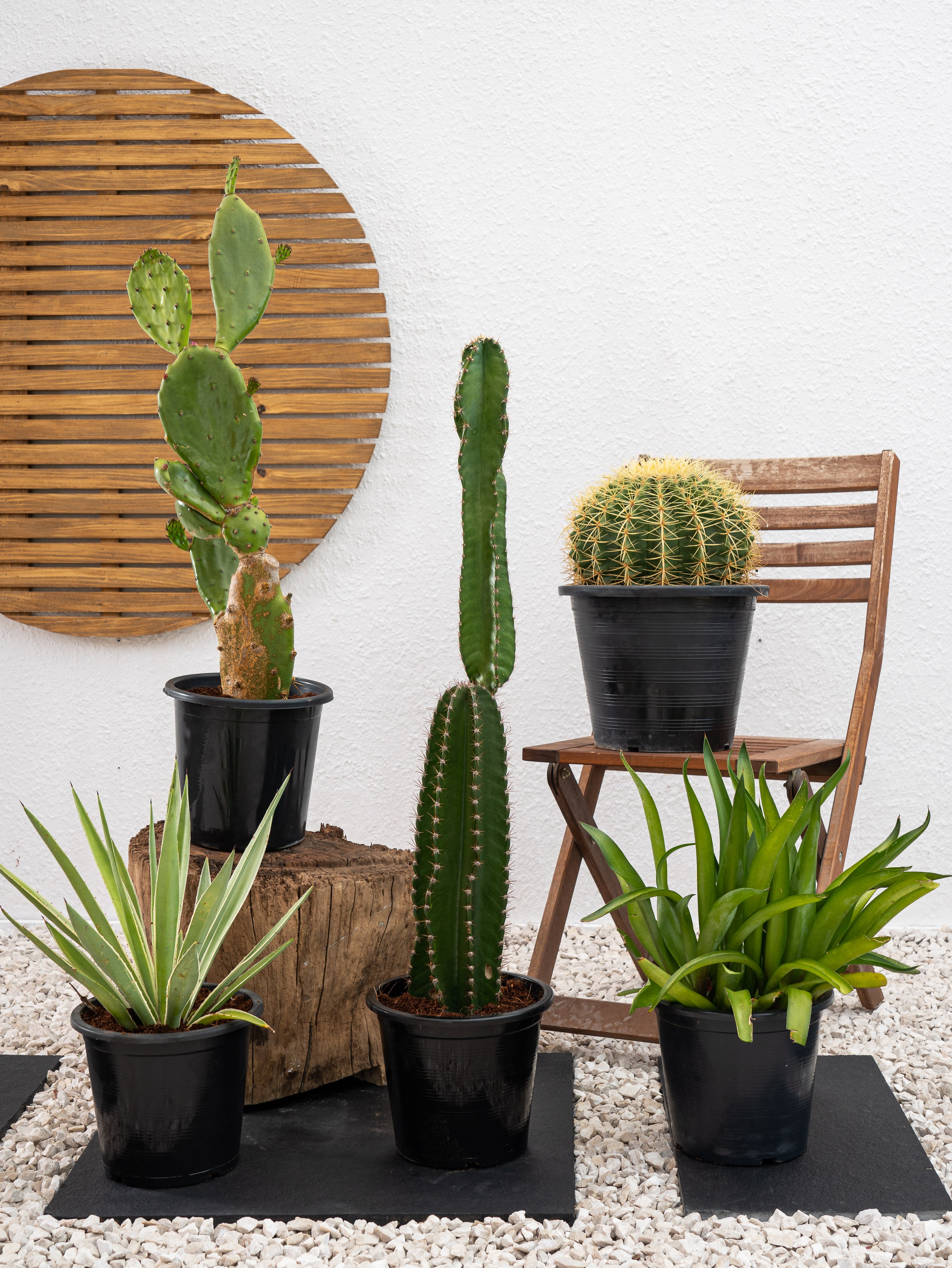

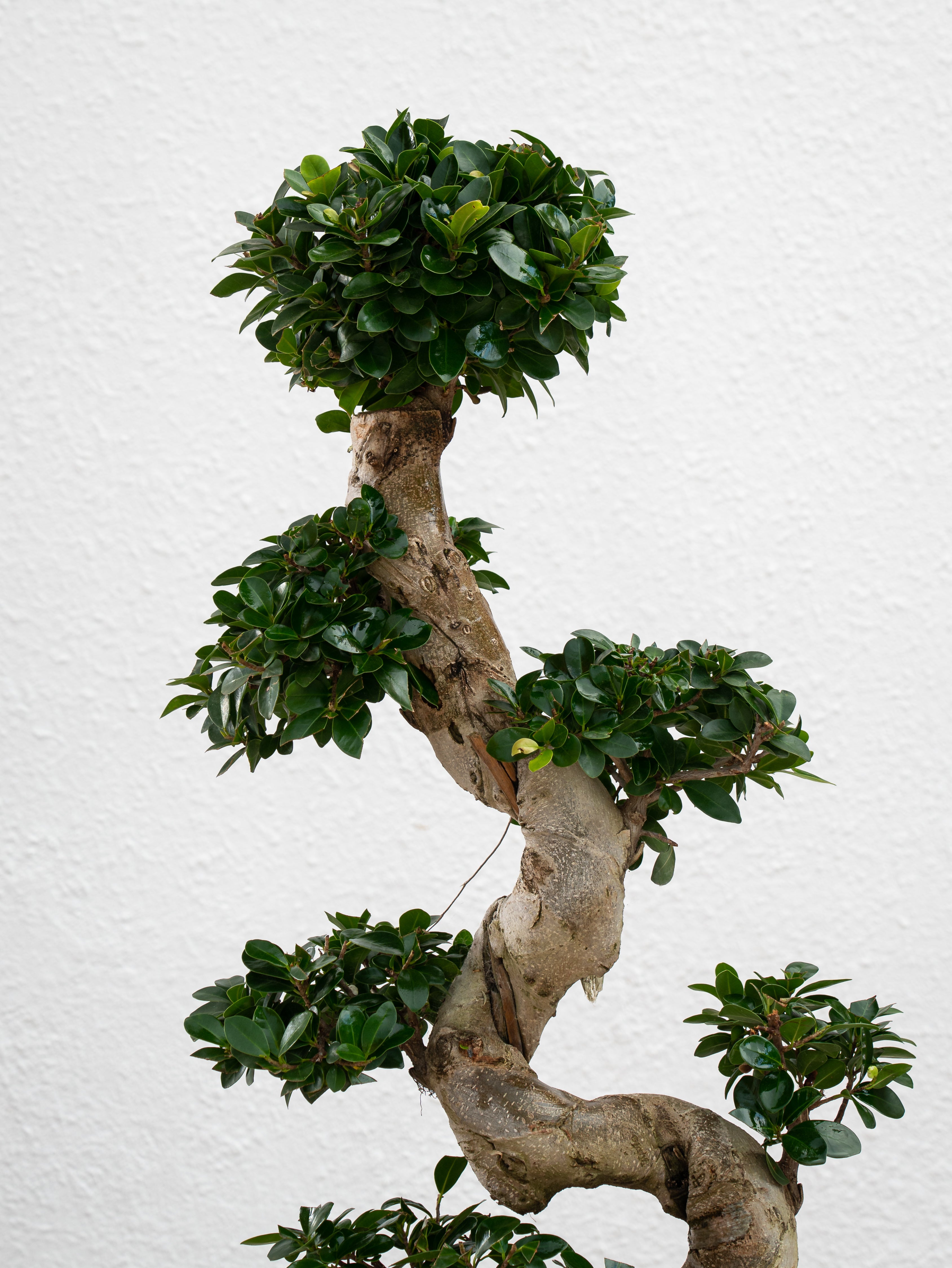
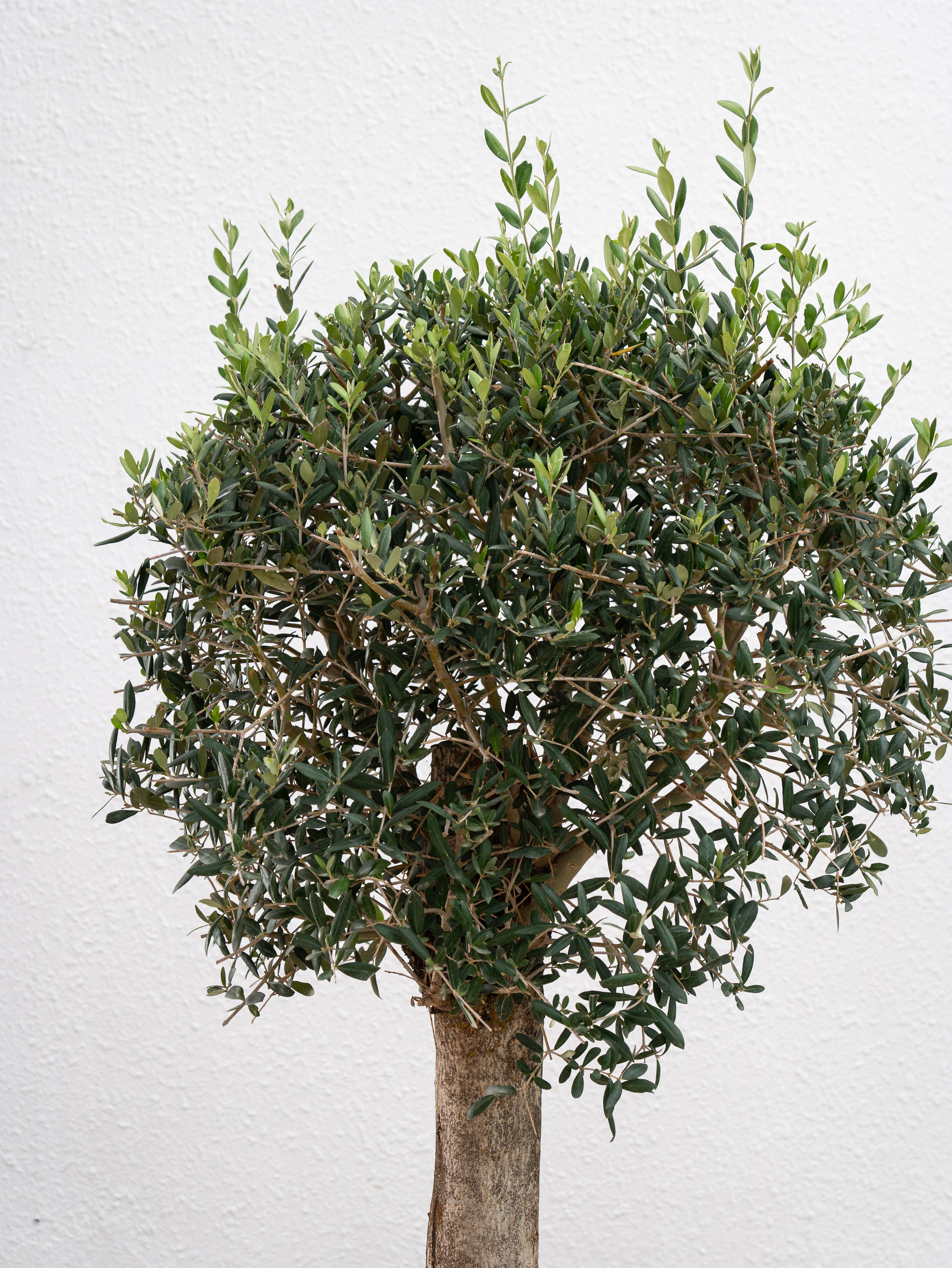
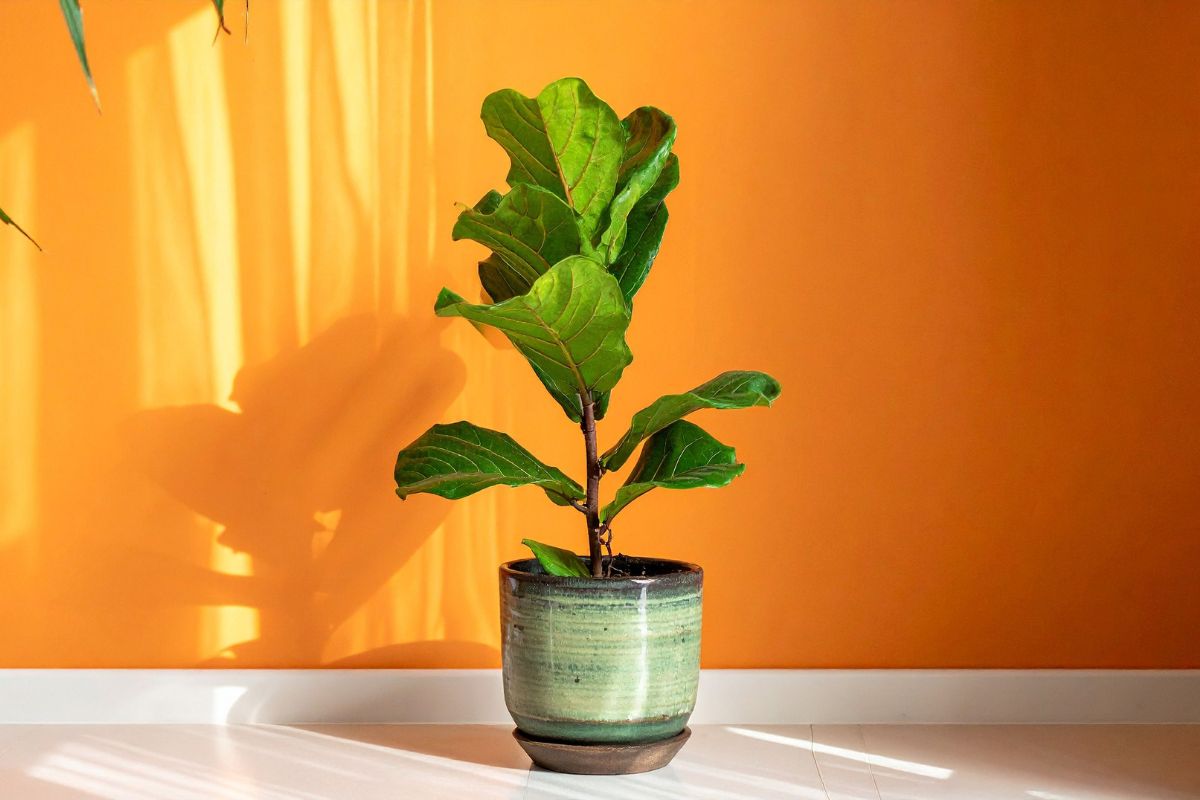


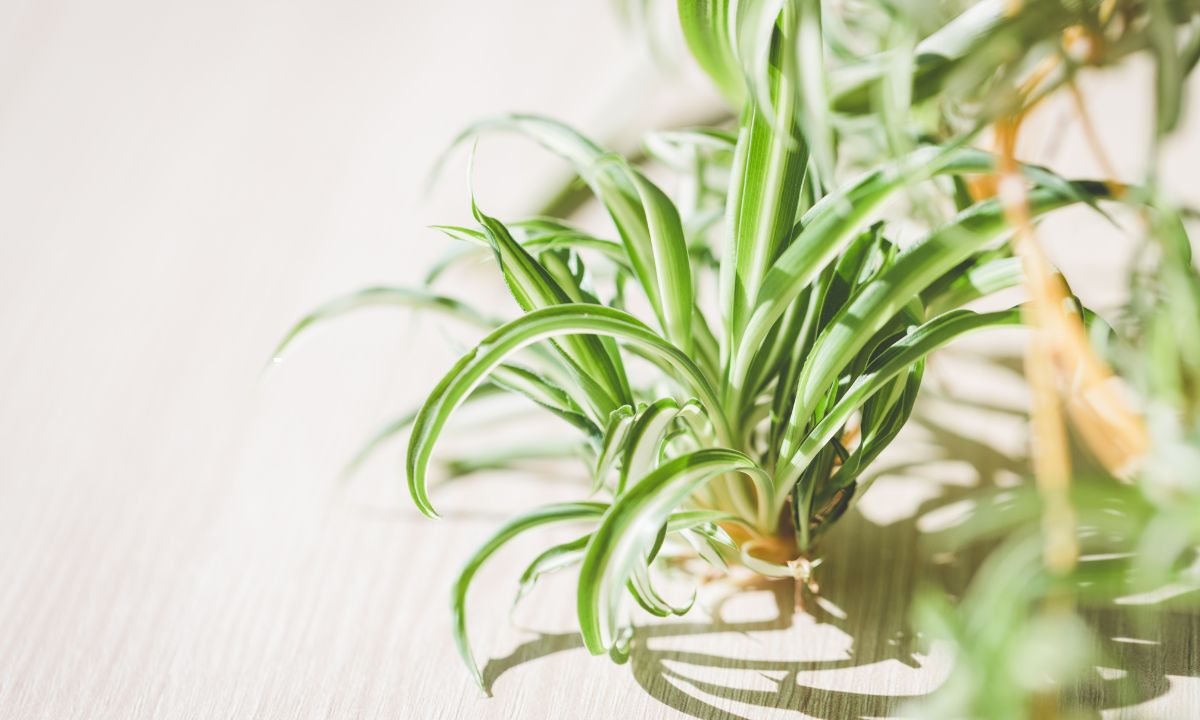
Leave a comment
This site is protected by hCaptcha and the hCaptcha Privacy Policy and Terms of Service apply.